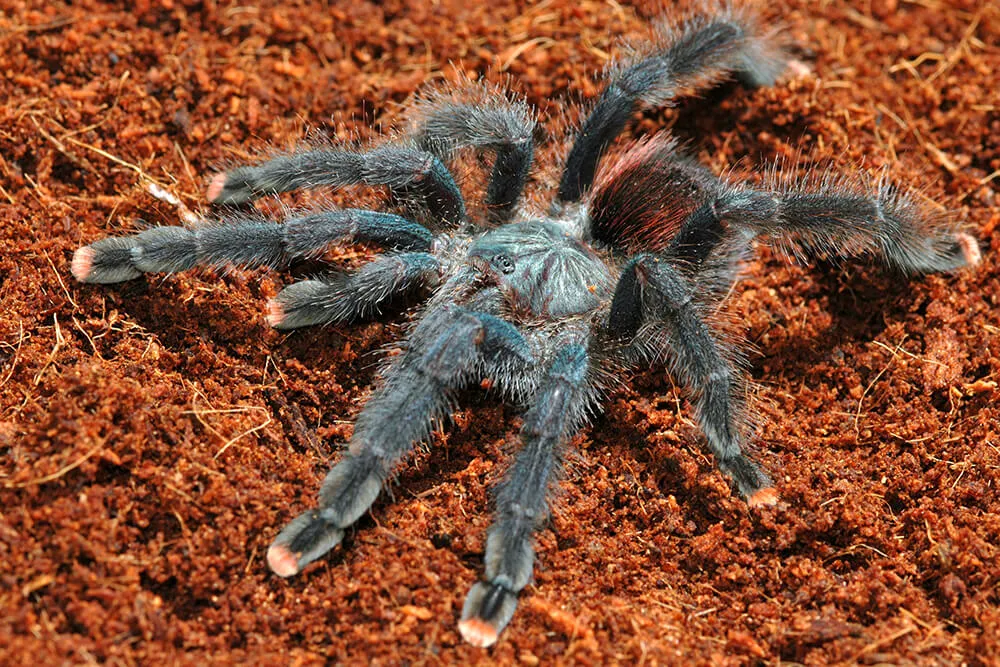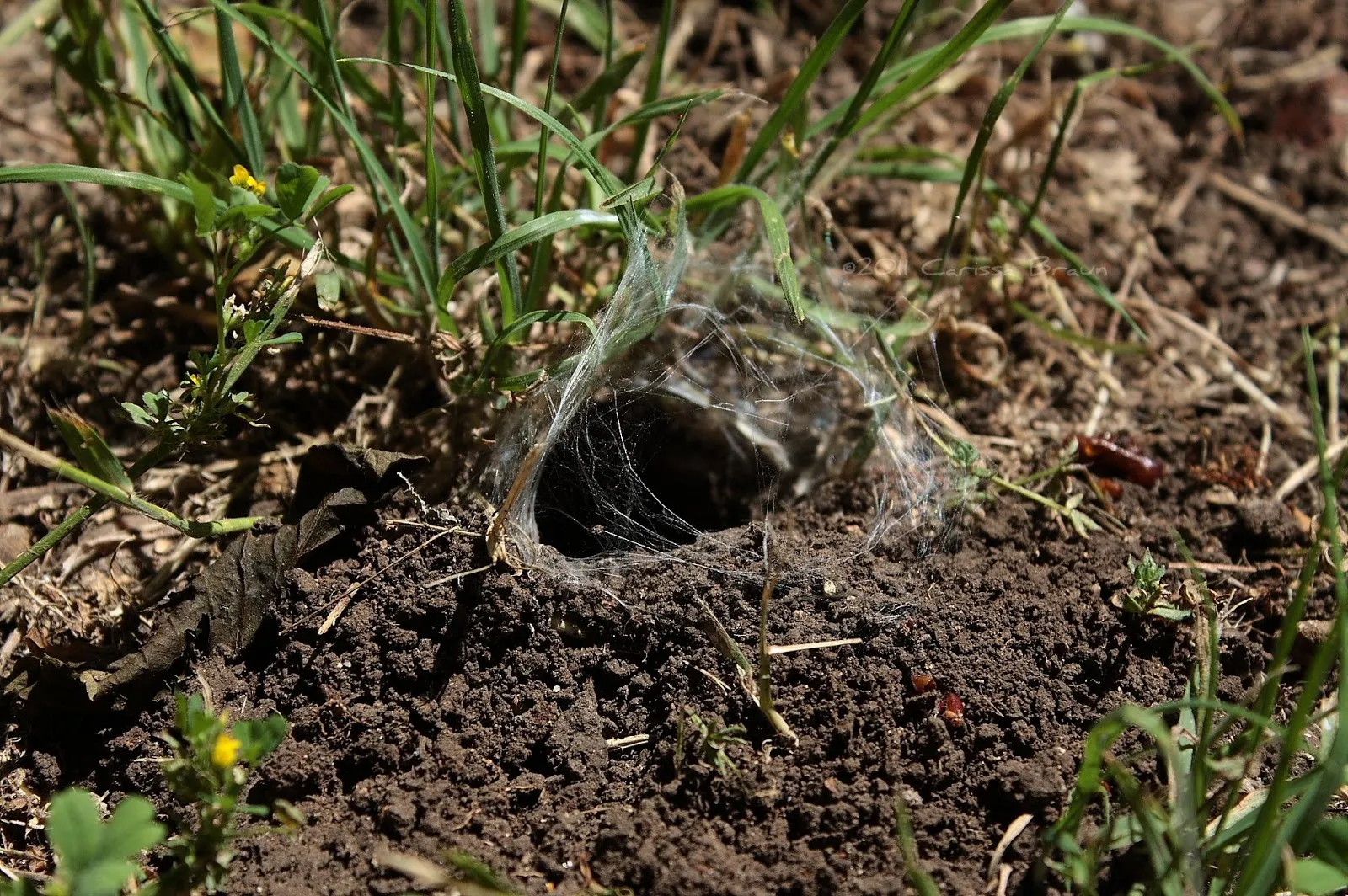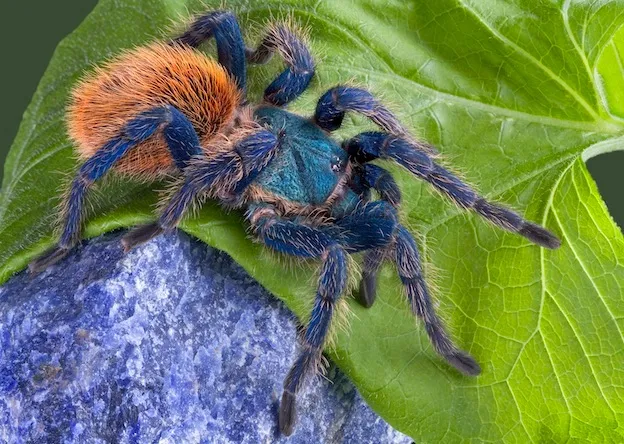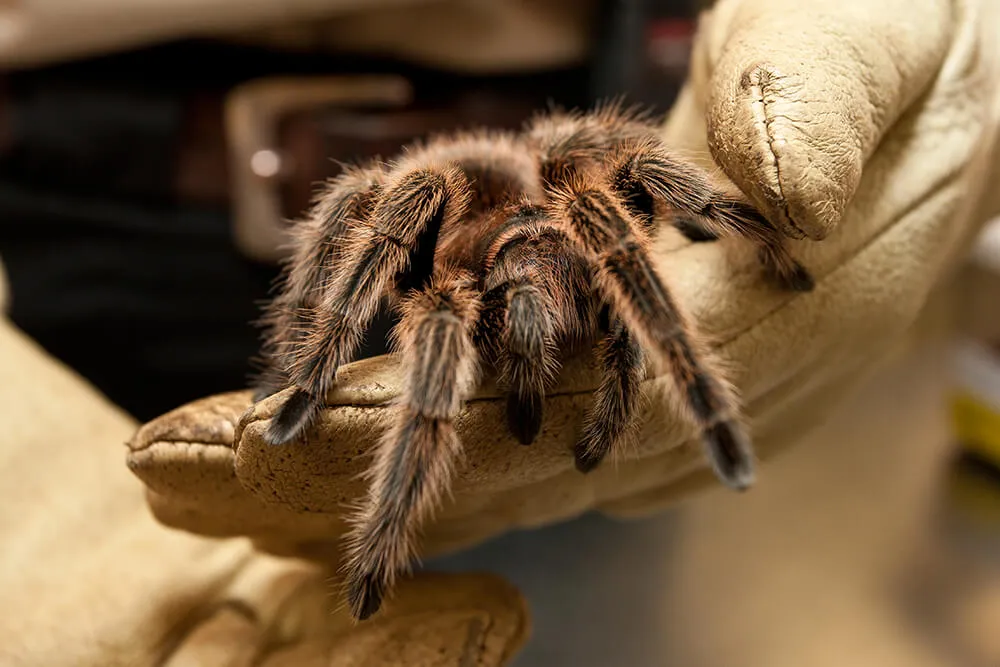What Makes a Great Tarantula Website
Finding reliable information about tarantulas online can be a challenge. With countless websites vying for attention, it’s essential to discern the good from the bad. A great tarantula website is more than just a collection of facts; it’s a comprehensive resource that offers accurate information, user-friendly design, and a strong sense of community. This guide will help you identify the key features that make a tarantula website truly exceptional, ensuring you can find the best resources for your needs. Whether you are a beginner or a seasoned tarantula enthusiast, knowing how to spot a great website is the first step towards successful tarantula care and knowledge.
Information Accuracy and Reliability
The cornerstone of any great tarantula website is the accuracy and reliability of its information. Untrue or misleading information can lead to poor care practices, endangering the health and well-being of your tarantulas. Always assess the site’s credibility before trusting its advice. Look for evidence-based content, and avoid websites that make exaggerated claims or offer simplistic solutions to complex problems. A trustworthy website should be transparent about its sources and the expertise of its contributors. Prioritizing reliable information is the most important aspect when searching for tarantula websites.
Credible Sources and Citations

A reliable tarantula website should back up its claims with credible sources and citations. Look for references to scientific studies, reputable journals, and established experts in the field. The presence of citations indicates that the website has done its research and is committed to providing accurate information. Avoid websites that present anecdotal evidence as fact, or that do not cite their sources at all. A website that actively encourages you to cross-reference the information they are providing is a great sign.
Up-to-date Information
The field of tarantula care is constantly evolving. New research and best practices emerge regularly. A great tarantula website stays current by regularly updating its content to reflect the latest advancements in the field. Check for the date of the last update on the website and be wary of sites that haven’t been updated in a long time. Outdated information can be harmful, as it may lead to care practices that are no longer considered optimal or safe for your tarantulas. Regularly check for new resources and information on your favorite tarantula websites to stay on top of the latest care tips.
User-Friendly Design and Navigation
Navigating a tarantula website should be a seamless and enjoyable experience. A well-designed website makes it easy for users to find the information they need quickly. A user-friendly design includes a clear menu structure, easy-to-read content, and a visually appealing layout. A cluttered or confusing website can be frustrating and may discourage visitors from exploring its content. Spend some time assessing the navigation and overall layout of the website before relying on it as a primary resource for information.
Easy-to-Navigate Menu Structure

A clear and intuitive menu structure is essential for a user-friendly website. The menu should be well-organized, with categories and subcategories that logically group related topics. Avoid websites that have a confusing or overwhelming menu structure. The goal is to be able to quickly find the information you are looking for. Look for websites that provide a search function to help you find specific topics. A well-structured website will make it easy to find the information you need, whether you are looking for information on a specific tarantula species, or general care tips.
Mobile Responsiveness
In today’s digital world, many users access websites on their mobile devices. A great tarantula website is mobile-responsive, meaning it adapts its layout to fit different screen sizes. This ensures that the website is easy to read and navigate on smartphones and tablets. A non-responsive website can be difficult to use on a mobile device. Check to see that your favorite tarantula websites look and feel great on your phone. This also shows that the website is committed to providing a great experience for all users, regardless of the device they are using.
Visual Appeal and Quality of Images
Visual appeal is crucial for engaging users and conveying information effectively. A great tarantula website uses high-quality images and a visually appealing layout. The images should be clear, well-lit, and relevant to the content. Avoid websites that use low-resolution images or have a cluttered design. High-quality images not only make the website more attractive but also help to illustrate care tips, identify different species, and showcase the beauty of these amazing creatures. Consider the aesthetic appeal of a website before using it as a primary resource.
Detailed and Engaging Content

The heart of any great tarantula website is its content. Look for websites that provide detailed and engaging information on a variety of topics, from basic care to advanced breeding techniques. The content should be well-written, easy to understand, and presented in a clear and organized manner. Engaging content keeps users interested and encourages them to explore the website further. The best tarantula websites strive to offer comprehensive information that caters to all levels of experience, from beginners to expert keepers.
Comprehensive Care Guides
Comprehensive care guides are a must-have feature on any great tarantula website. These guides should cover all aspects of tarantula care, including housing, feeding, temperature and humidity requirements, and handling techniques. The guides should be detailed, providing step-by-step instructions and helpful tips. Look for websites that offer species-specific care guides, as different species have different needs. The ultimate goal is to provide users with the knowledge they need to provide a happy and healthy life for their tarantulas. Ensure that the care guides are easy to understand and have all the information you are looking for.
Breeding and Species Information
For advanced keepers, a great tarantula website should also provide information on breeding and specific tarantula species. Breeding information should include details on mating, egg sac management, and raising spiderlings. Species information should cover the natural history, habitat, and specific care requirements of different tarantula species. This type of content caters to more experienced keepers, offering them the information they need to expand their knowledge and contribute to the hobby. Look for a good balance of content, ranging from beginning care tips to advanced information on breeding.
Community Features and Interaction

A great tarantula website fosters a sense of community among its users. Interactive features allow keepers to connect with each other, share their experiences, and ask questions. These features can greatly enhance the overall value of the website. Websites with a strong sense of community provide a platform for keepers to learn from each other, offer support, and contribute to the collective knowledge of the tarantula-keeping community. Always look for websites that encourage communication, and offer opportunities to connect with other keepers.
Forums and Comment Sections
Forums and comment sections are excellent tools for community building. They allow users to post questions, share their experiences, and participate in discussions. The best forums are moderated to ensure that information is accurate and that discussions remain respectful. Comment sections under articles provide a space for readers to share their thoughts, ask follow-up questions, and offer additional insights. Look for websites that actively encourage participation and engagement in their forums and comment sections.
Social Media Integration
Social media integration is another way to connect with the tarantula community. A great website will have links to its social media profiles, such as Facebook, Instagram, and Twitter. This allows users to easily follow the website, stay updated on new content, and engage in discussions. Social media platforms also provide opportunities to share photos, videos, and other media related to tarantula keeping. Always ensure that the website has active social media accounts before depending on the site as a primary resource.
Regular Updates and Maintenance

Websites require regular updates and maintenance to stay relevant and functional. Outdated websites can lose their credibility and become less useful over time. The best tarantula websites are regularly updated with new content, updated care information, and bug fixes. This shows that the website is committed to providing its users with the best possible experience.
Frequency of Content Updates
The frequency of content updates is an important indicator of a website’s relevance. Look for websites that regularly publish new articles, care guides, and other resources. This shows that the website is actively working to provide its users with the latest information and that it is keeping up with the evolution of tarantula care. New information can be vital for keeping your tarantula healthy and happy. The more up-to-date a website is, the better resource it will be.
Website Security
Website security is crucial for protecting user data and ensuring a safe browsing experience. A great tarantula website will implement security measures, such as HTTPS encryption, to protect user information. Look for a website that displays a security certificate or other indicators of secure browsing. This is especially important if the website has a forum, allows users to create accounts, or processes payments. Always make sure you are browsing on a secure website before entering any personal information. A secure website is also less likely to be affected by malicious attacks.
Contact Information and Support

A great tarantula website should provide clear and accessible contact information and customer support. This allows users to reach out with questions, concerns, or feedback. Reliable contact information ensures that the website is accountable and committed to providing a good user experience. Having easy access to support can be a valuable resource when you need help.
Availability of Contact Information
Look for a website that clearly displays its contact information. This may include an email address, a contact form, or a mailing address. The contact information should be easy to find and accessible. A website that provides this information demonstrates a commitment to transparency and accountability. If you have any questions or concerns, you should be able to easily reach the website owners or administrators. Avoid websites that do not provide contact information.
Prompt Customer Service
Prompt customer service is another key characteristic of a great tarantula website. When you reach out with a question or concern, you should receive a timely and helpful response. The website owners or administrators should be responsive and willing to provide assistance. This shows that the website values its users and is committed to providing a positive experience. Avoid websites that do not respond to inquiries in a timely manner or that offer poor customer service. A website with good customer service will make you feel that your questions are valued, and you will be confident in your choice to use the website.
In conclusion, identifying a great tarantula website requires careful consideration of several key factors. By prioritizing information accuracy, user-friendly design, detailed content, community features, regular updates, and accessible support, you can find resources that will enhance your understanding of tarantula care and contribute to the overall health and well-being of your arachnid companions. Remember to always double-check the information on any website, regardless of how great it seems, and consult multiple sources to ensure accuracy and reliability. Happy tarantula keeping!
